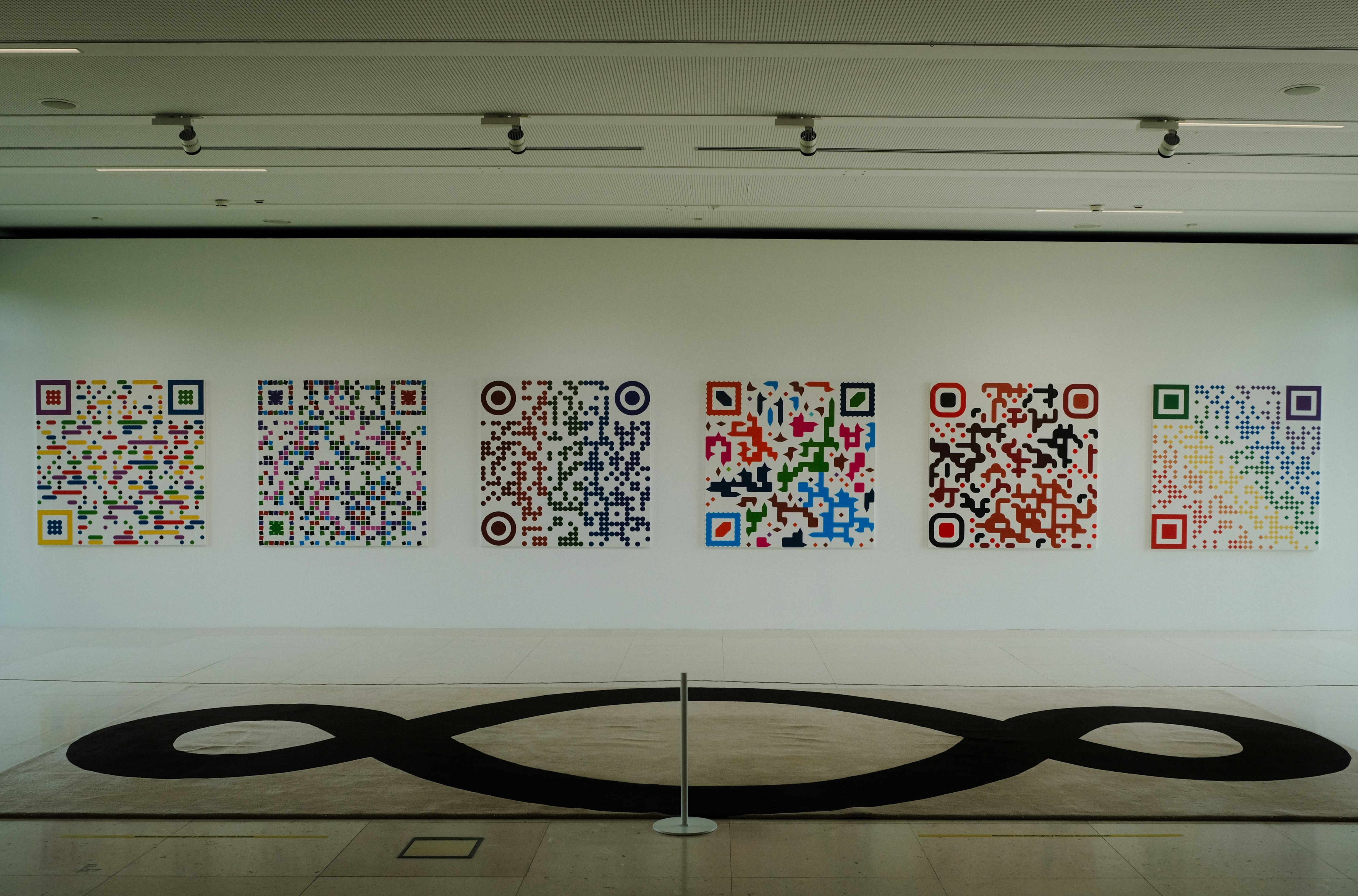Neon Renaissance: Illuminating the Art World
The resurgence of neon art is casting a vibrant glow across the contemporary art scene, captivating audiences and critics alike. This luminous medium, once relegated to commercial signage, has found new life in the hands of innovative artists who are pushing the boundaries of light-based creativity. From gallery installations to public spaces, neon is making a bold statement, challenging perceptions and illuminating the intersection of art, technology, and nostalgia.

From Commercial to Conceptual
The transition of neon from commercial tool to fine art medium began in the 1960s. Pioneering artists like Dan Flavin and Bruce Nauman recognized the potential of light as a sculptural element. Their groundbreaking works challenged traditional notions of art, using neon to explore space, perception, and language. This period laid the foundation for neon’s acceptance in the art world, paving the way for future generations of light artists.
The Contemporary Neon Renaissance
Today, a new wave of artists is reinvigorating neon art. Contemporary practitioners are combining traditional neon-bending techniques with cutting-edge technology and conceptual approaches. Artists like Tracey Emin and Olivia Steele use neon to convey powerful messages, blending text and light to create emotionally charged installations. Meanwhile, others explore the medium’s sculptural possibilities, crafting intricate three-dimensional forms that push the limits of what’s possible with glass tubes and noble gases.
Neon in the Digital Age
The resurgence of neon art comes at a time when digital screens dominate our visual landscape. This juxtaposition has sparked interesting dialogues about materiality, craftsmanship, and the role of analog media in a digital world. Neon’s tangible presence and warm glow offer a tactile counterpoint to the cool, flat surfaces of LED displays. Artists are exploring this contrast, creating works that bridge the gap between traditional craft and modern technology.
Environmental Considerations and Innovations
As environmental concerns take center stage in the art world, neon artists are adapting their practices. Many are embracing LED alternatives that mimic the look of neon while consuming less energy. Others are exploring sustainable production methods and recycling initiatives for neon tubes. This eco-conscious approach is ensuring that neon art remains relevant and responsible in an era of heightened environmental awareness.
Neon’s Impact on Popular Culture
The neon renaissance extends beyond gallery walls, influencing fashion, design, and popular culture. Neon-inspired aesthetics have found their way into music videos, fashion runways, and interior design. This widespread appeal has helped to democratize neon art, making it accessible to broader audiences and cementing its place in contemporary visual culture.
The Future Glows Bright
As neon art continues to evolve, its future looks promising. Emerging technologies like flexible OLEDs and advanced control systems are opening up new possibilities for light-based art. Collaborations between neon artists and scientists are pushing the boundaries of what’s possible with light manipulation. The ongoing neon renaissance serves as a testament to the enduring power of this luminous medium to captivate, inspire, and illuminate our world in new and exciting ways.





